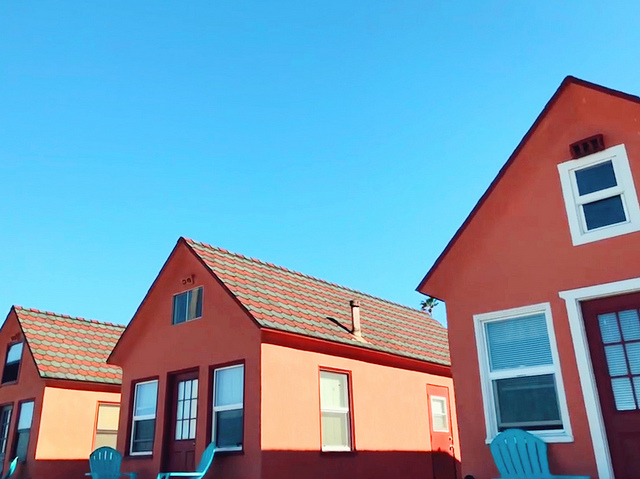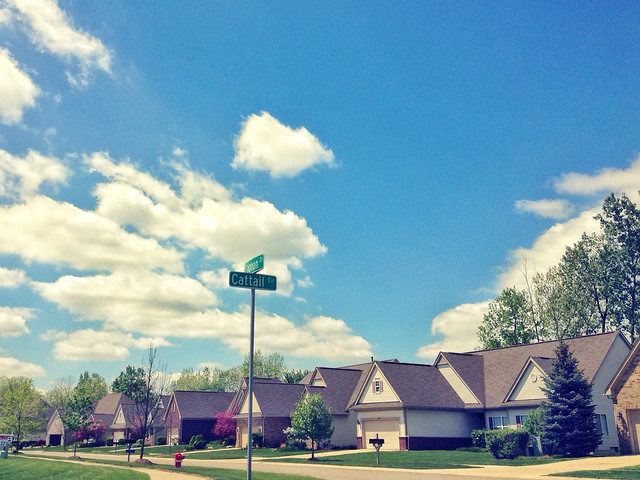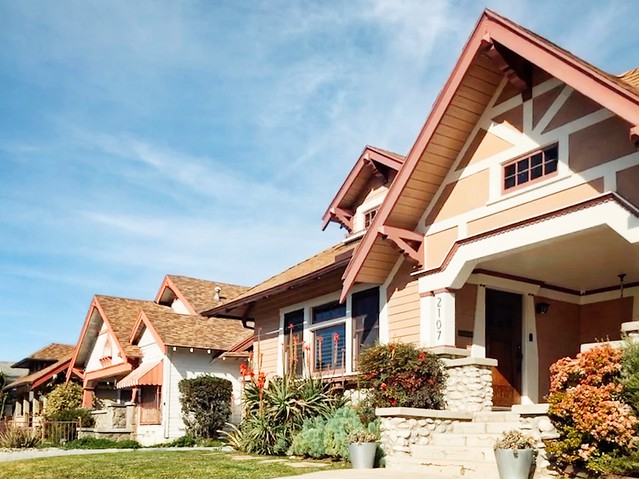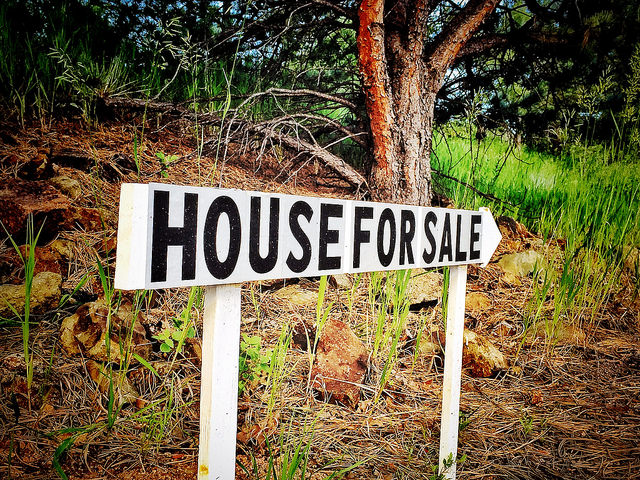When the housing market was at its peak, home sellers had the advantage. It wasn’t uncommon for a homeowner with an attractive listing to receive multiple offers from interested buyers. Put simply, it was a sellers’ market. These days, things have obviously changed. Higher mortgage rates and more challenging affordability conditions mean home sellers have to work a little harder to entice potential buyers. It’s leading more of them to offer buyers concessions. But what are concessions? Well, they can be a lot of things, including mortgage rate buy-downs and covering closing costs or the cost of home repairs. They’re becoming more common as the market begins to find better balance. In fact, according to one recent analysis, 42 percent of home sellers who sold a home during the final three months of 2022 gave buyers concessions. That’s a high number and further proof that the housing market is beginning to tilt back toward buyers after many years of favoring sellers. (source)













